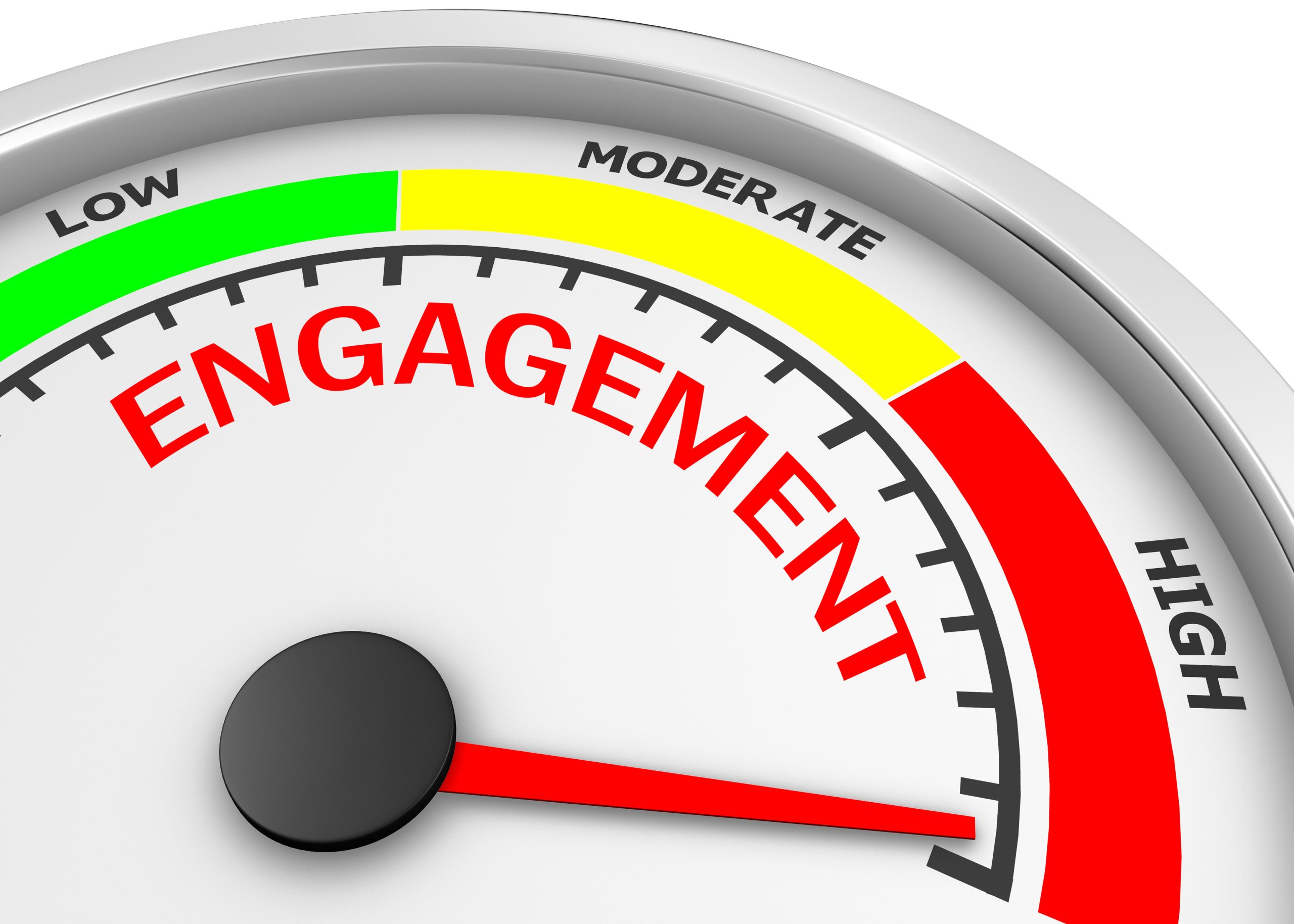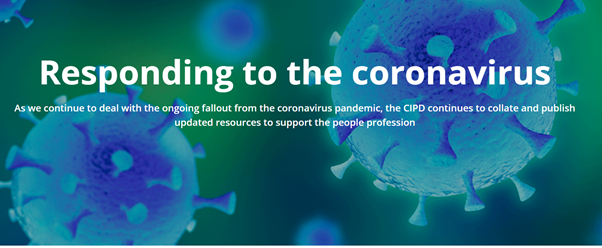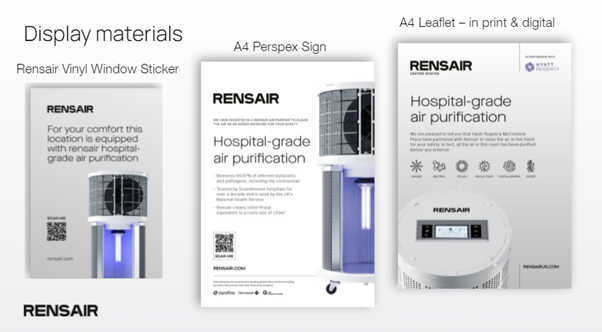Internal Communications: guidance for Rensair customers

“Nearly seven in 10 workers claim the coronavirus pandemic is the most stressful time of their professional career—even more than major events like 9/11 and the 2008 Great Recession, according to mental health provider Ginger.” Human Resource Executive, USA.
Many people are saying that the future of work will be different, with employees requesting more of a balance between office and home working. Maybe so, but some employers will insist on a certain degree of physical presence. Future growth and prosperity rely on it.
Employers can reasonably argue the benefits of being in the office and make a strong case for the innovation and creativity that arise from people being in the same room. But it’s not always easy to allay fears relating to health. Employees may want to know what measures are being taken to keep them safe. They may be aware of the World Health Organisation’s stance on airborne transmission being the biggest risk of infection, rather than contaminated surfaces. That concern may now be heightened by the news that new variants are believed to be 40% more transmissible.
The CIPD encourages strong internal communications
Attitudes are changing and, just as people expect to have clean water from the tap, so too they expect clean air. More than an expectation, it’s a basic employment right. Within that context, the Chartered Institute of Personnel and Development (CIPD) asserts that:
“Employers should undertake risk assessments, consult with their employees about any return to work and discuss proposed new infection control arrangements; good communication is essential.” CIPD, UK – Returning to the workplace

Key messages for our customers’ employee engagement
- Nothing is more important than our employees’ health, safety and wellbeing. It is our number one priority and underpins our employer brand.
- The World Health Organisation’s latest advice on Coronavirus places far greater emphasis on transmission from inhaled airborne droplets, rather than from touching contaminated surfaces. That shifts the emphasis from fomite cleaning & disinfection to air purification, hence the company’s focus on indoor air quality.
- After due diligence, the company has specified Rensair’s portable, hospital-grade air purifiers. Rensair uses HEPA filtration and germicidal UVC light to both capture and inactivate pathogens, the only technology recommended by the WHO, UK SAGE committee, HSE, CDC, and CIBSE.
- Rensair’s trusted technology was developed in collaboration with Scandinavian hospitals to meet their stringent air quality standards and it has independent 3rd party validation from world-leading scientific laboratories. It is now used by the UK National Health Service and by businesses globally.
- In a test to determine Rensair’s performance in reducing the concentration of Covid-19 particles in the air, the Danish Technological Institute recorded a particle reduction rate of 99.98% in 15 minutes and above 99.99% in 30 minutes. Furthermore, the test reported 100% elimination of virus particles on the filter, with zero traces detected.
- We will continue to clean thoroughly, although the Centers for Disease Control & Prevention (CDC) now suggests that surface transmission is very low, with only a 1 in 10,000 probability.
- We want to reassure employees but also encourage you to raise any concerns. These will be answered promptly and will inform our FAQ, which will be updated and shared regularly.
Added value from air purification
Clean air can help combat sick building syndrome, lacklustre productivity, and impaired learning. By improving brainpower, it boosts retention, output, innovation and strategic decision making.
Here are a few examples:
- A study on the impact of green buildings showed that, with better air quality, cognitive scores were 61% higher across nine functional domains, including crisis response, strategy, and focused activity level. (Harvard Center for Health and the Global Environment).
- By sustaining 20% lower air pollution levels in the classroom, the development of a child’s working memory can improve by 6%. (Philips Foundation and the University of Manchester).
- After cleaning the indoor air, employers have seen workplace productivity increase by up to 11%. (World Green Building Council).
Engagement channels and materials
- Use your established internal communication channels, including intranet, social media (eg. Yammer), noticeboards, email announcements, podcasts, cascade briefings, town hall gatherings etc.
- Artwork assets for digital and printed materials are available from marketing@rensair.com, including vinyl window stickers, A4 perspex signs, posters and leaflets.

